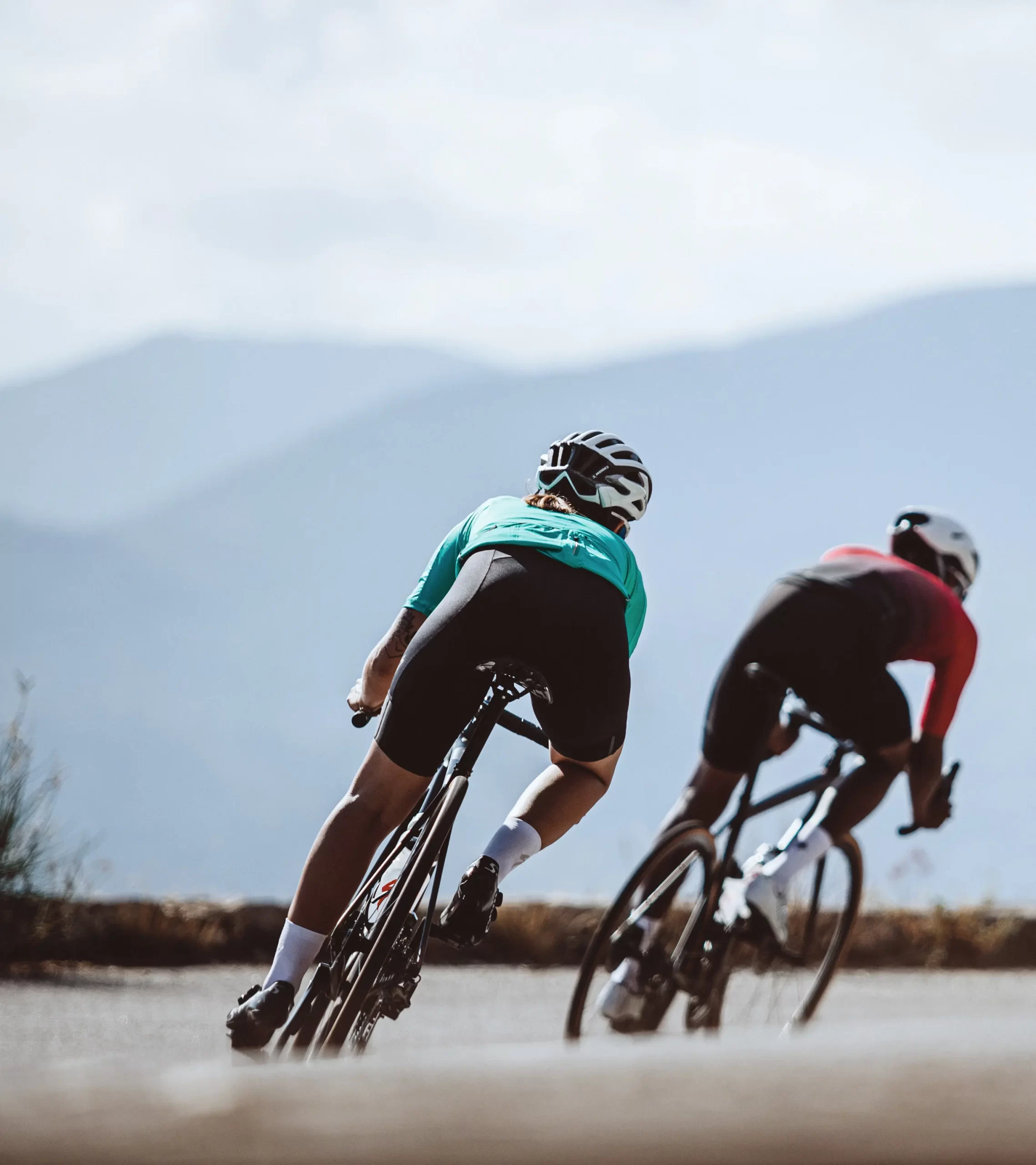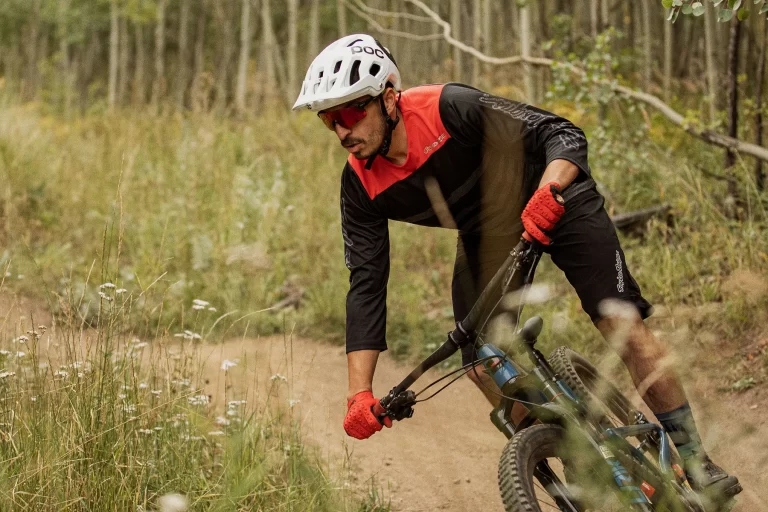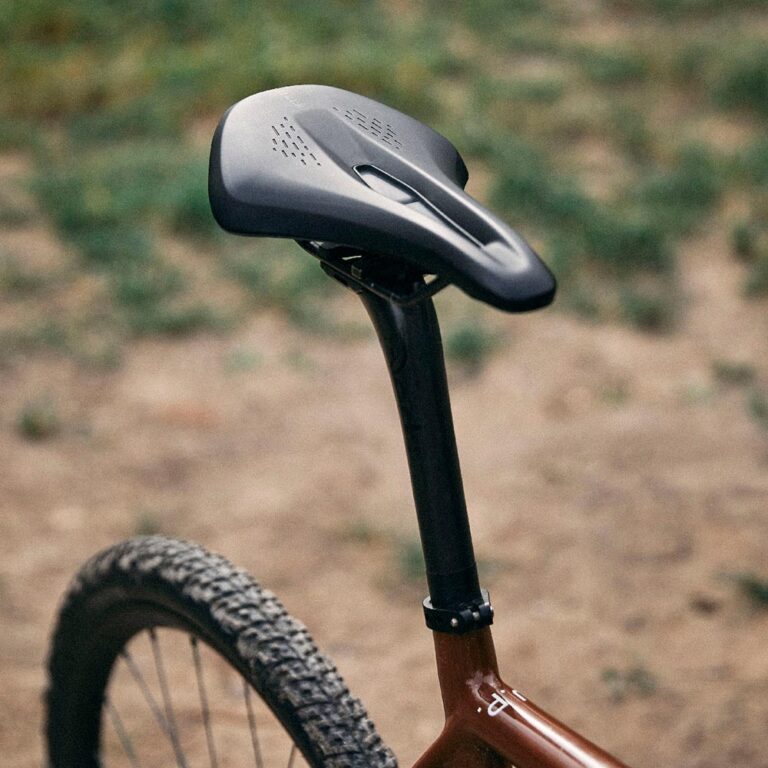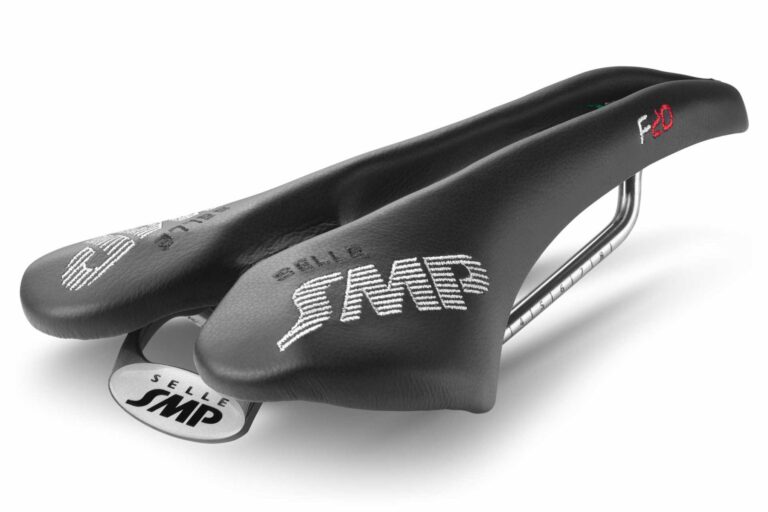Weight Considerations in Road Bike Saddles

Key Point Summary of Weight Considerations in Road Bike Saddles:
- Weight Impact: Lighter saddles can contribute to overall bike weight reduction, potentially improving acceleration and climbing efficiency.
- Performance Connection: The right saddle weight balances comfort with performance, ensuring no compromise to power output or riding endurance.
- Material Matters: Advances in materials, from carbon fiber to titanium rails, offer significant weight savings without sacrificing strength or durability.
- Comfort vs. Weight: A lighter saddle should not compromise comfort, as a well-fitted saddle is crucial for long rides and consistent performance.
As cyclists, we often obsess over the weight of our bikes, analyzing every component for potential savings that could enhance our performance. Among these considerations, the road bike saddle stands out as an element where significant weight differences can be found. It’s not just about comfort; the weight of a saddle can impact the overall performance of a bike, influencing speed, endurance, and the quality of the ride. Drawing from a broad spectrum of cycling experiences, this article will delve into the intricacies of road bike saddles, focusing on weight, performance, and material choices.
The Balancing Act of Saddle Weight and Performance
In the quest for the perfect road bike setup, saddle weight plays a crucial role, especially for those of us who participate in racing or long-distance rides. A lighter saddle can indeed contribute to a more nimble bike, enhancing its responsiveness and ease of handling. However, it’s essential to strike a balance; the lightest saddle is not always the best choice if it compromises comfort or the rider’s ability to maintain optimal power output.
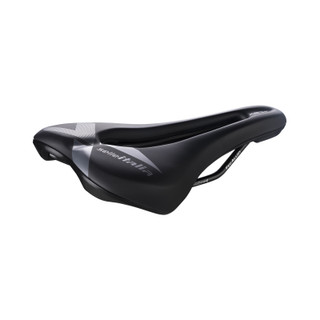
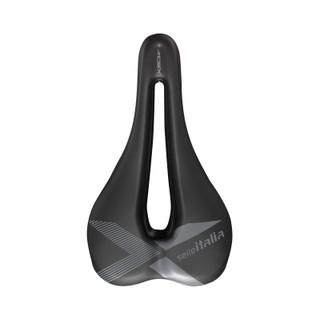
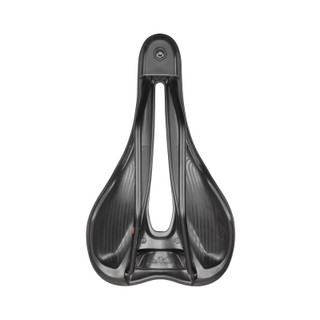
Material Innovations and Weight Savings
The evolution of saddle materials has been remarkable, offering cyclists options that were unimaginable just a few decades ago. Carbon fiber saddles, for example, are at the forefront of this revolution, providing an unparalleled ratio of strength to weight. Titanium and alloy rails also offer weight savings compared to traditional steel, with the added benefit of increased vibration damping—a boon for long rides on varied terrain.
Comfort Shouldn’t be Compromised
One of the most critical lessons I’ve learned through my cycling career is that a saddle must fit well, regardless of its weight. Discomfort in the saddle can lead to inefficiencies in pedaling, decreased power output, and even injury over time. Therefore, when considering a lightweight saddle, ensure it matches your anatomical needs and riding style. The use of pressure-mapping technology and professional fit services can be invaluable in finding a saddle that provides both performance benefits and comfort.
Choosing the Right Saddle
When selecting a road bike saddle, consider not just the weight but also the shape, padding, and material compatibility with your seat post. Saddles with a cutout or relief channel may offer additional comfort for some riders, potentially outweighing (pun intended) the benefits of a marginally lighter option without such features.
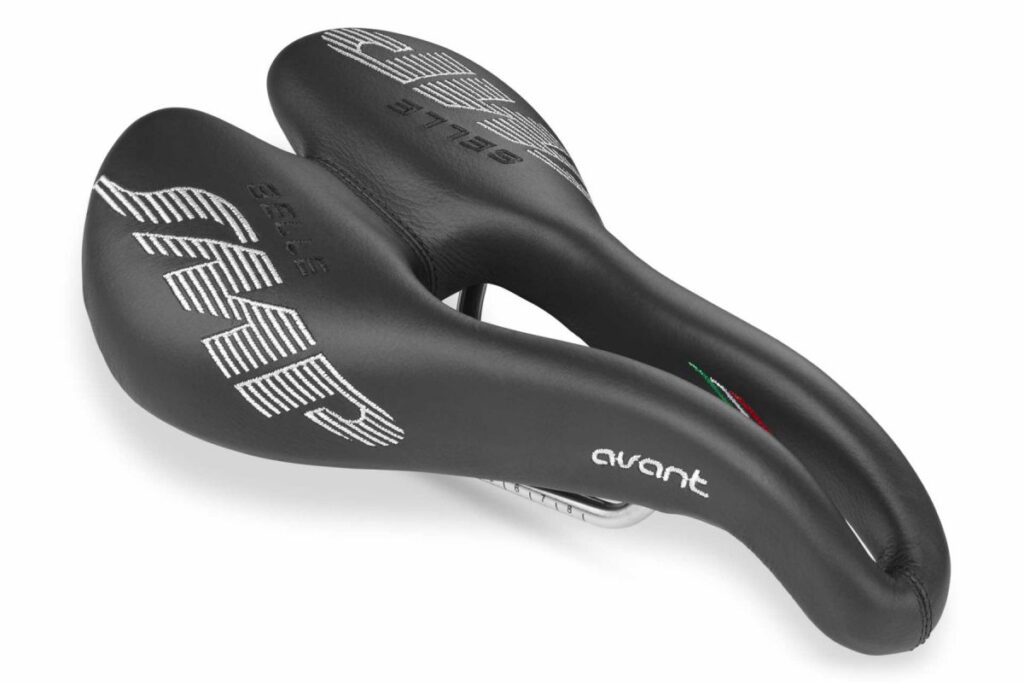
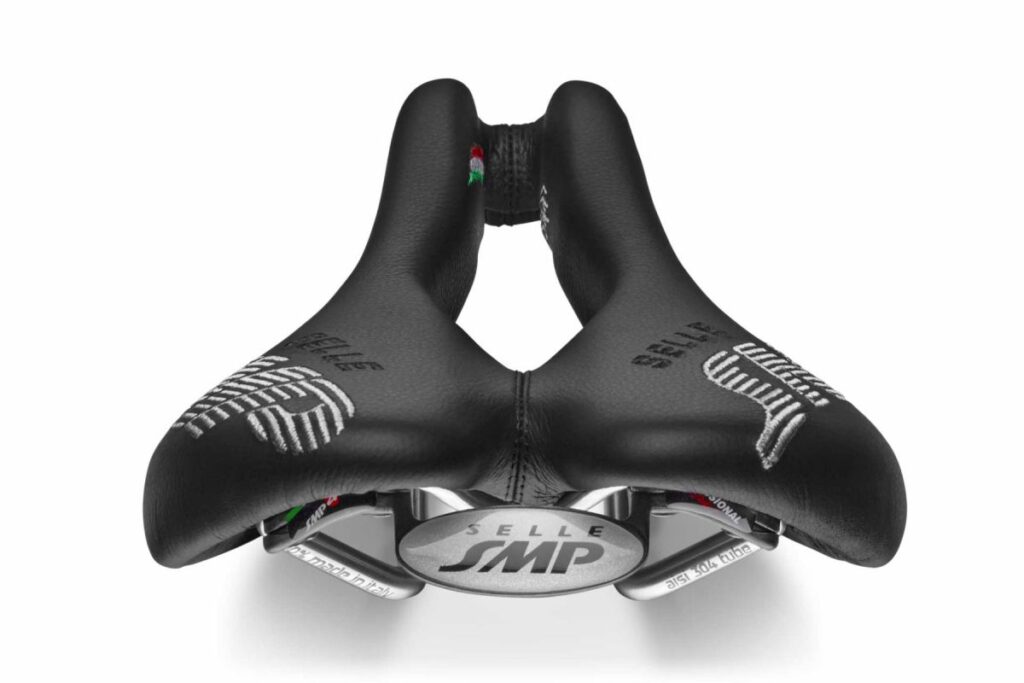
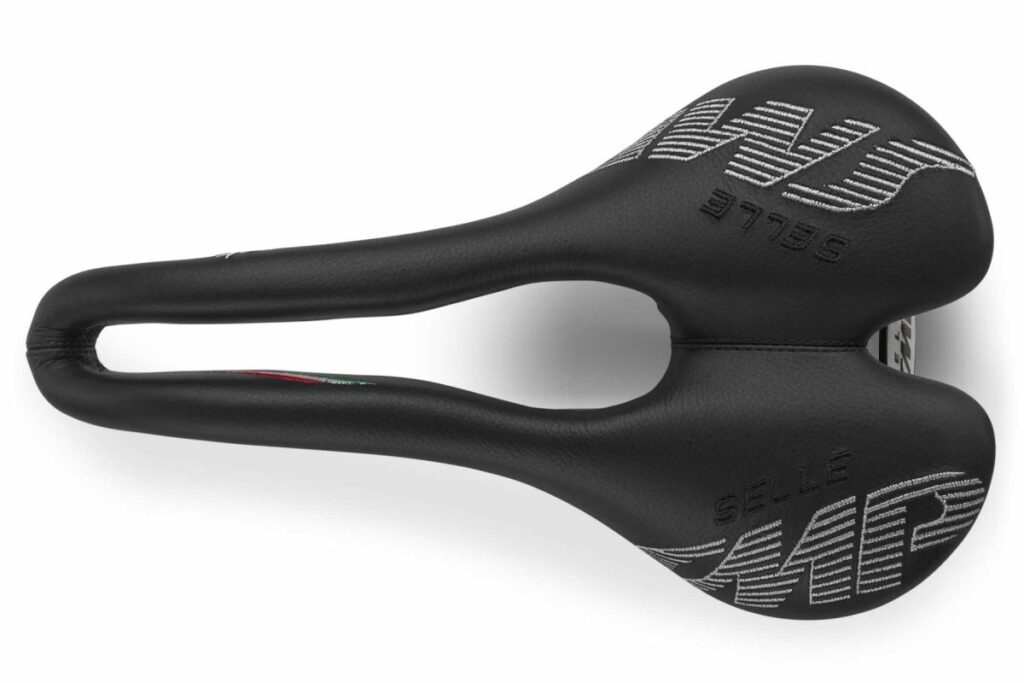
The Future of Saddle Design
Advancements in material science and manufacturing technologies continue to push the boundaries of what’s possible in saddle design. We are seeing an increasing number of saddles that incorporate 3D printing technologies to create customized shapes and densities, tailored to the individual rider’s anatomy and preferences. This customization not only promises to deliver on the performance front but also to ensure greater comfort, which is intrinsically linked to sustained performance.
Weight Considerations in Road Bike Saddles: In Conclusion
In the realm of road cycling, the weight of a saddle plays a significant role in the overall performance and enjoyment of the ride. However, it’s essential to approach weight savings with a holistic perspective, considering the interplay between weight, comfort, and performance. Advances in materials and design are continually expanding our options, allowing for personalized setups that cater to the unique needs of each rider. Ultimately, the best saddle is one that you don’t notice, whether you’re sprinting to the finish line or conquering a challenging climb.
For cyclists seeking a balance between weight and performance in a saddle, another highly regarded option is the Fizik Antares R1.
The Fizik Antares R1 is celebrated for its exceptional blend of comfort, lightweight, and performance-oriented design. It features a carbon-reinforced nylon shell and braided carbon rails, which significantly reduce weight while maintaining strength and flexibility. This saddle is designed with Fizik’s Spine Concept EVO technology, which categorizes riders into one of three profiles based on spinal flexibility and pelvic rotation to ensure the perfect fit and maximum comfort.
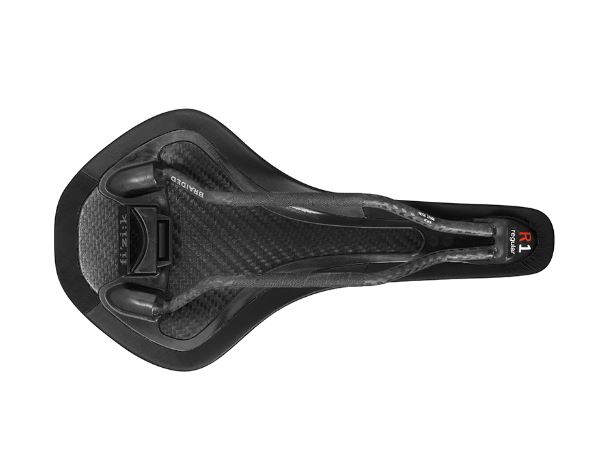
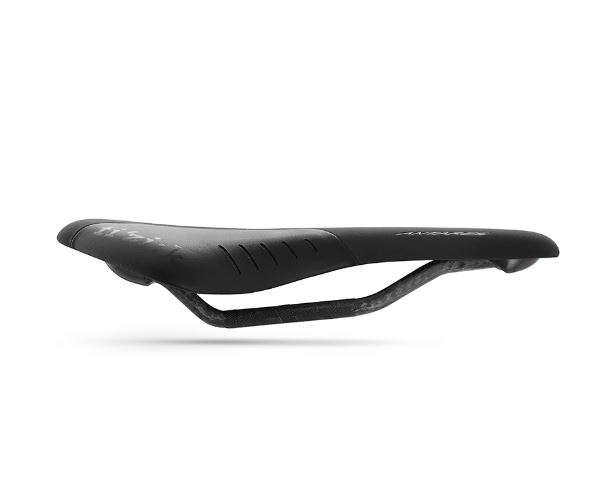

With its regular and large sizes, the Antares R1 caters to a wide range of cyclists, offering a slightly curved profile that provides a supportive platform for both aggressive racing postures and more relaxed endurance rides. The use of Fizik’s Comfort Core foam and a Microtex cover enhances the overall riding experience by offering a seamless blend of immediate comfort and lasting support, without adding unnecessary weight.
As with any saddle choice, personal preference, and fit are paramount. The Fizik Antares R1 represents a compelling option for those prioritizing a light saddle that does not compromise on comfort or performance. Testing the saddle yourself and considering a professional fit can help ensure it meets your specific needs.
FAQ
Where should bike saddle weight be?
Bike saddle weight should ideally be as low as possible without sacrificing comfort and durability, ensuring it contributes to the overall lightweight and performance of the bike while still supporting the rider effectively.
What is a good bicycle seat for an overweight person?
For an overweight person, a good bicycle seat is one that offers ample support, wider dimensions for better weight distribution, and durable construction. Seats with thick padding, a strong, wide base, and possibly suspension springs for added comfort, such as models from brands like Selle Royal or Cloud-9, are often recommended.
Does bike weight matter more than rider weight?
Rider weight affects cycling performance more than bike weight, with combined weight being key. Focusing on fitness, technique, and comfort offers greater benefits than just lightening the bike.
Ride on
John
